What is Corrosion Monitoring?
Corrosion monitoring is the practice of using corrosion meters, known as corrators, and various techniques to measure corrosion rates, often denoted in mpy (mils per year). This method gathers both offline and online data that aids in refining and applying measures to prevent corrosion. Monitoring is crucial for assessing the effectiveness of corrosion protection strategies such as cathodic protection and the use of corrosion inhibitors. By evaluating the data from corrosion monitoring, industries can fine-tune their protection tactics to ensure resources are used efficiently and to avoid excess waste.
Difference Between Corrosion Monitoring and Inspection
The key distinction between corrosion monitoring and inspection lies in their approaches and objectives. Corrosion monitoring is a continuous activity that helps manage and quickly adapt to changes in corrosion levels, focusing on prevention and the enhancement of preventive strategies. On the other hand, corrosion inspection is a periodic activity aimed at identifying deviations from expected conditions and determining when maintenance or replacements might be needed. While both are essential, monitoring offers immediate, actionable insights for proactive corrosion management.
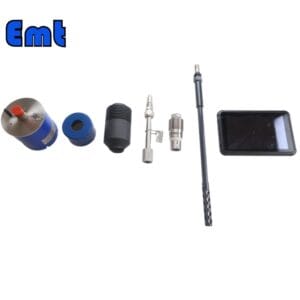
Technical specifications – ER Probes | |
| Output signal | Wired form: RS-485 signal; |
| Wireless form: LORA, 4G/5G wireless network signal | |
| Power supply voltage | 9-36VDC |
| Rated operating voltage | 9VDC |
| Meter power consumption | 5.4W (Wired) |
| Linear | 0.0015% non-linear |
| Resolution | 17 bit |
| B | 25.6 mV |
| Accuracy | ±0.2% F.S (full scale) |
| Corrosion rate range | When the electrode area is 1cm², the measurement range is 4X10-4~10mm/a |
| Working and storage conditions | |
| Operating temperature | -40~70℃ |
| Storage temperature | -40~85℃ |
| Structural parameter | |
| Protection level | IP66 |
| Shell material | Cast aluminum or PVC, aviation aluminum, stainless steel can be customized |
| Process interface | 7/8-20UNEF (Insert probe) |
| Electrical connection | M20*1.5mm |
| Access cable Model | RVVP 2*1.5mm² (minimum application standard) |
| Installation | The probe is installed directly on the pipeline, and the transmitter can be installed in one piece or separately through the cable |
| Weight | 500g |
| Split type accessory | Interface: MS-14-6S double female head |
| Split connection cable | Cable length: 1-3 meters can be customized |
ER Probes Sensing Elements in Corrosion Monitoring
Wire Loop Elements:
These are highly sensitive and resistant to noise, making them a popular choice. They feature glass-sealed wire loops welded to the probe body, suitable for environments with high pressure and temperature due to their chemically inert nature. Common materials include Carbon Steel and stainless steel grades like AISI 304 and 316. For highly corrosive settings, Teflon-sealed options are available.
Tube Loop Elements:
Designed to detect low corrosion rates, tube loops are constructed from a hollow tube bent into a ring, typically made from carbon steel, with Teflon pressure seals to enhance protection. They are ideal for rapid detection in fast-flowing systems due to their flow deflectors.
Strip Loop Elements:
These elements are flat and form a loop, providing high sensitivity but are more fragile. They are best suited for low-flow environments and are sealed with either glass or epoxy depending on the application.
Cylindrical Elements:
Known for their robustness, cylindrical elements feature an all-welded design. They include a reference tube within another tube. They are perfect for harsh conditions including high velocities and temperatures.
Spiral Loop Elements:
Constructed from a thin metal strip on an inert base. Spiral loops withstand high-flow conditions. They offer a high signal-to-noise ratio. This makes them highly sensitive and durable.
Flush Mount Elements:
Installed flush with the vessel wall. These elements mimic true interior surface corrosion conditions. They are ideal for high-velocity systems. Suitable for pipelines used with pigging operations.
Surface Strip Elements:
These are thin, rectangular elements. They cover a large surface area. Typically used in underground probes. They monitor cathodic protection effectiveness. Also used in atmospheric probes. They provide accurate monitoring across diverse conditions.


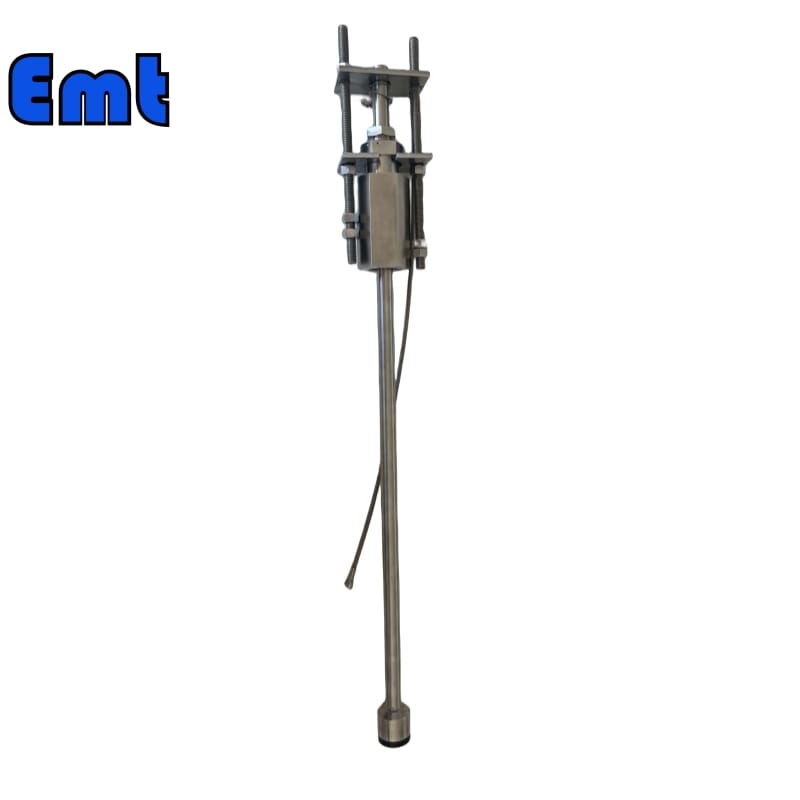
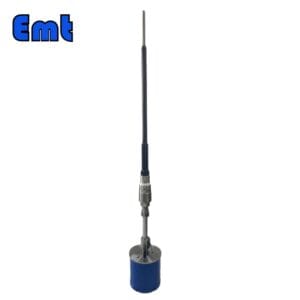
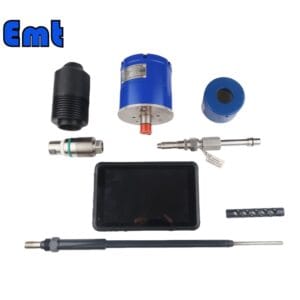
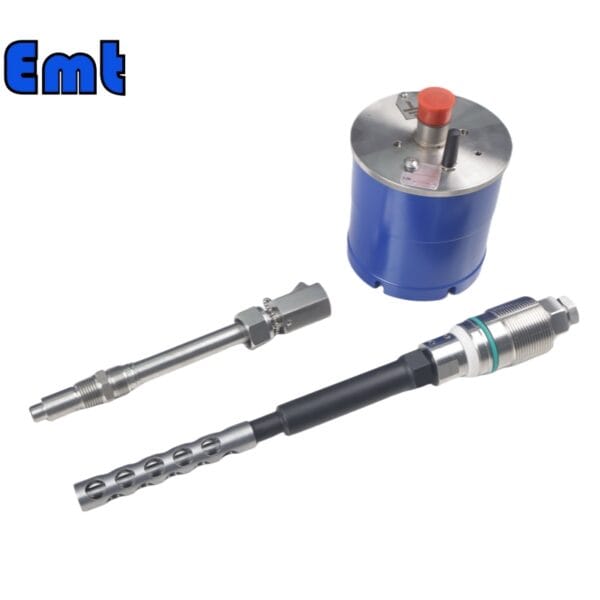
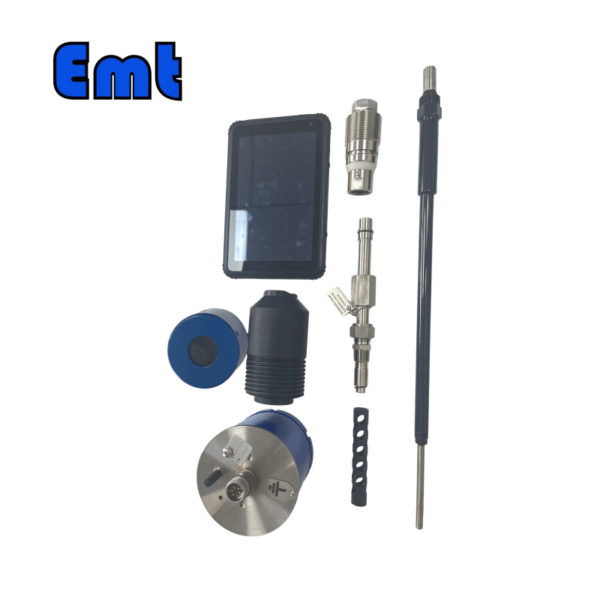
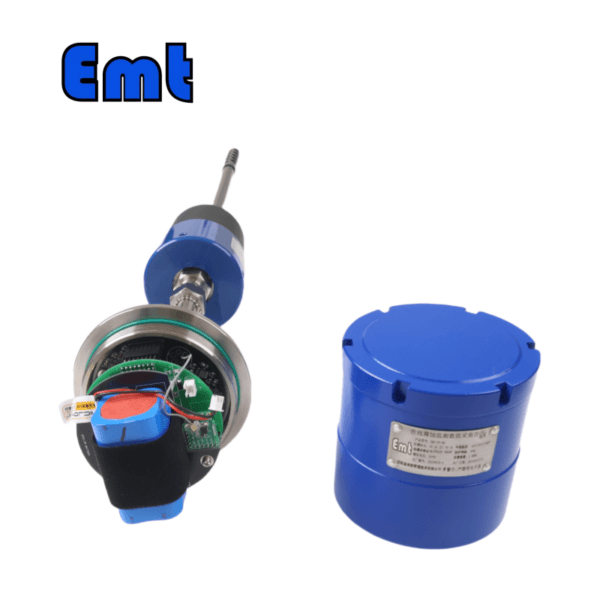
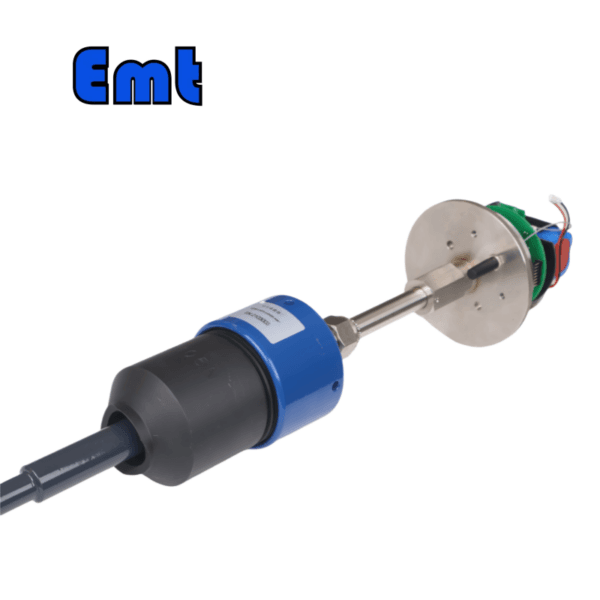
There are no reviews yet.